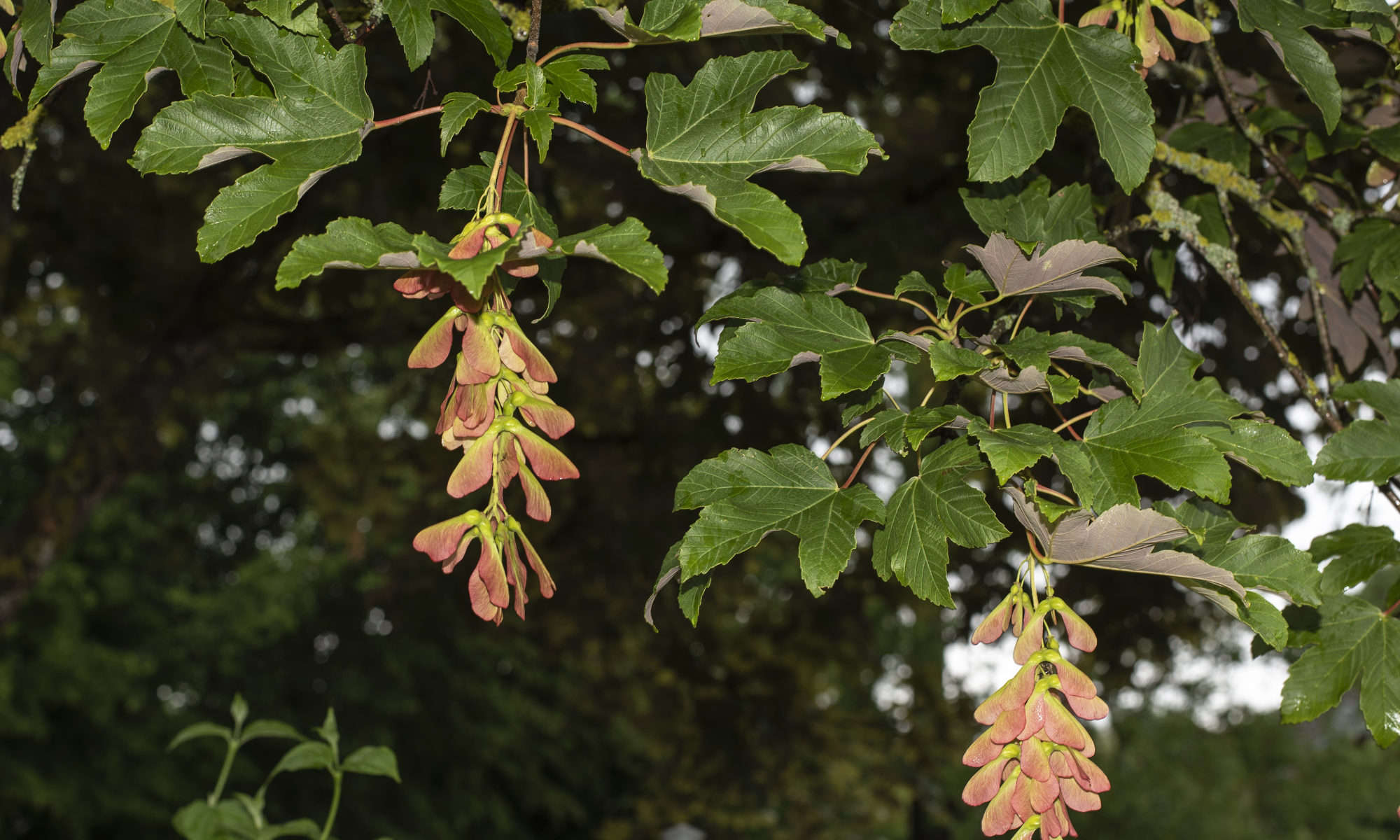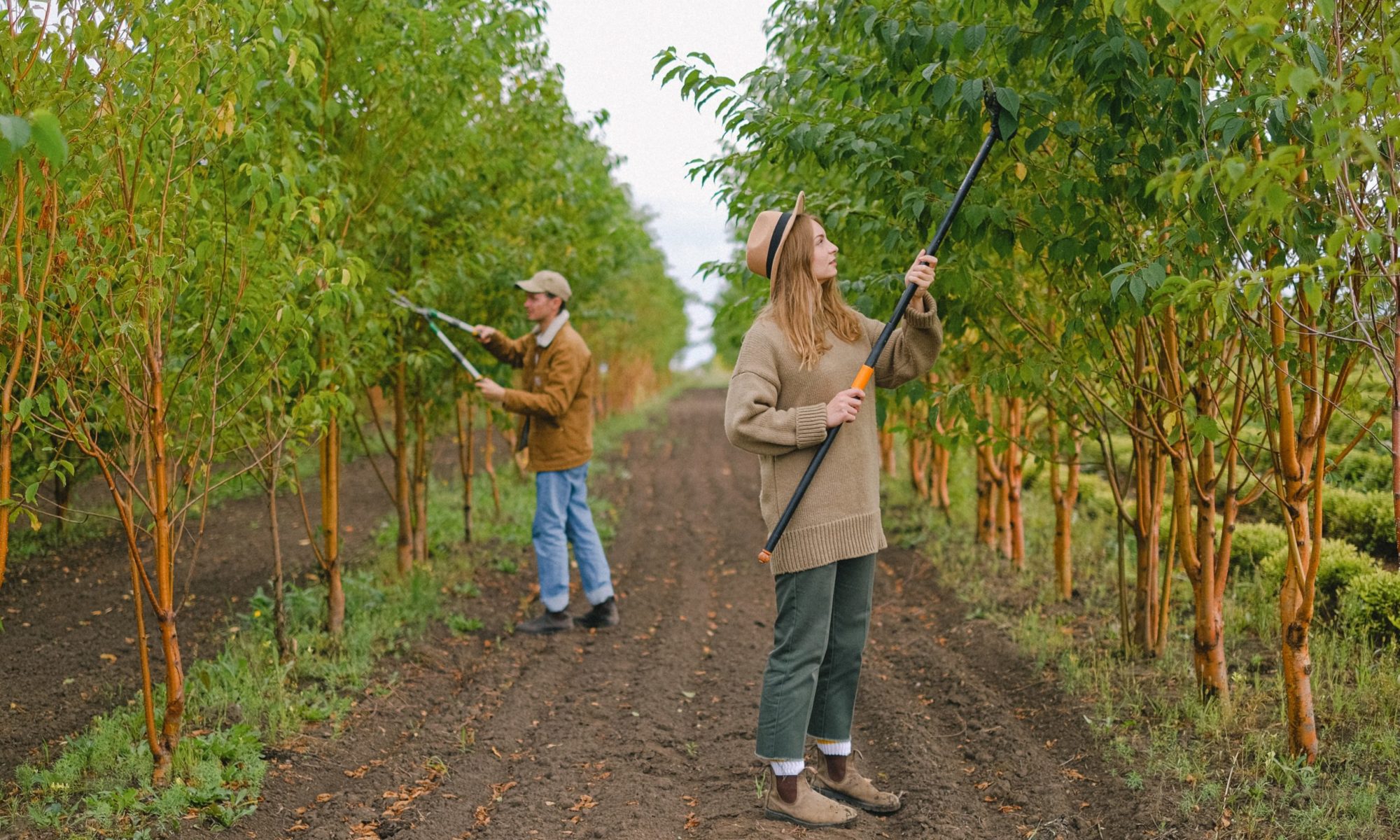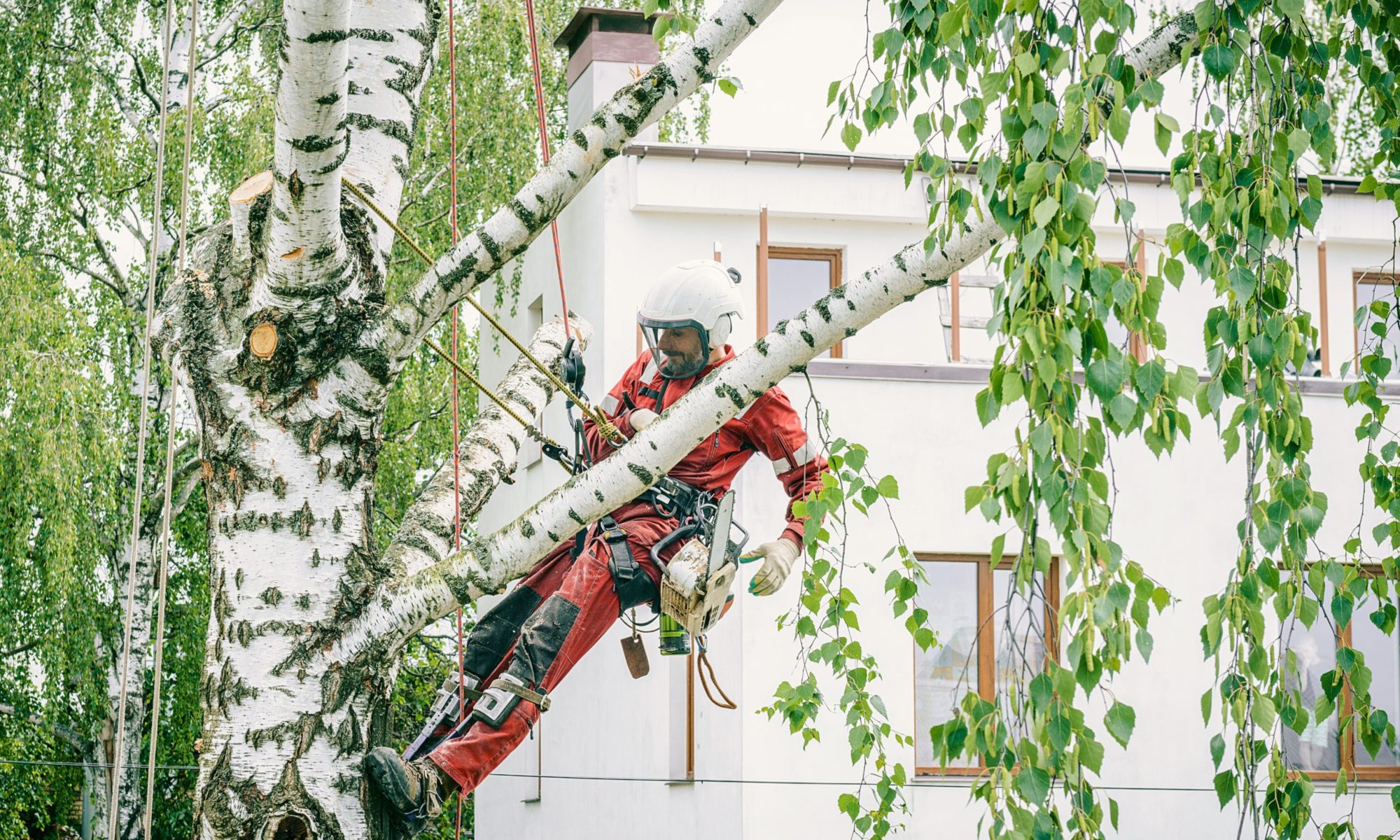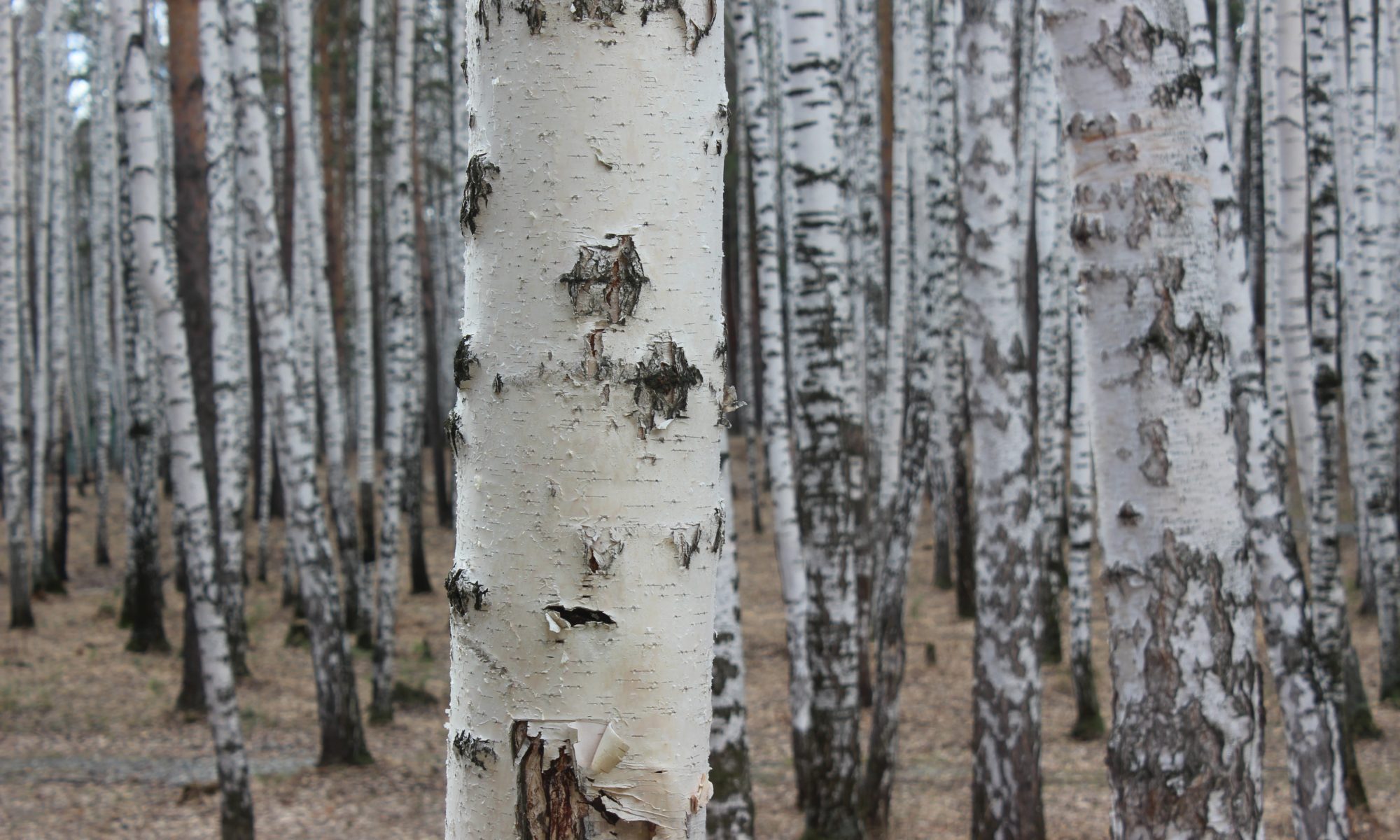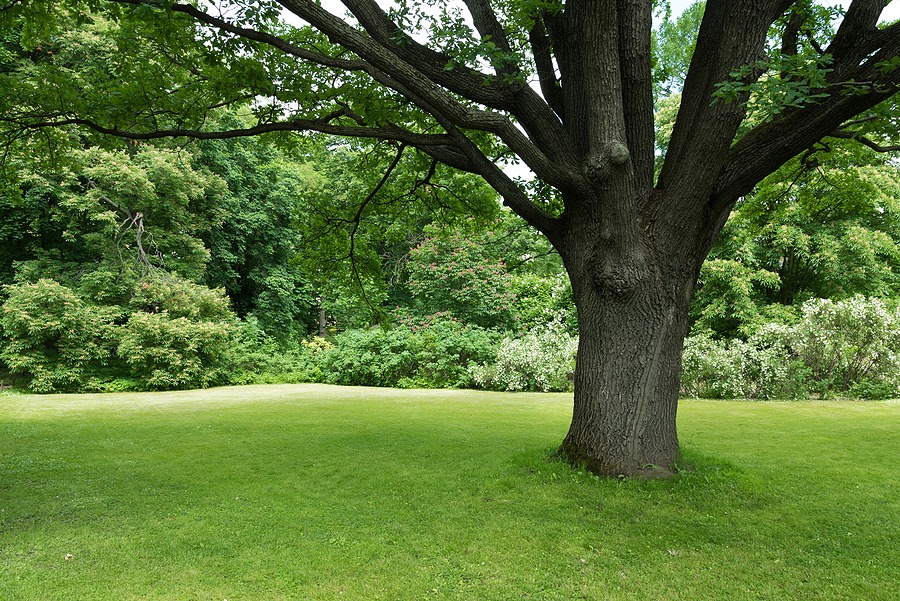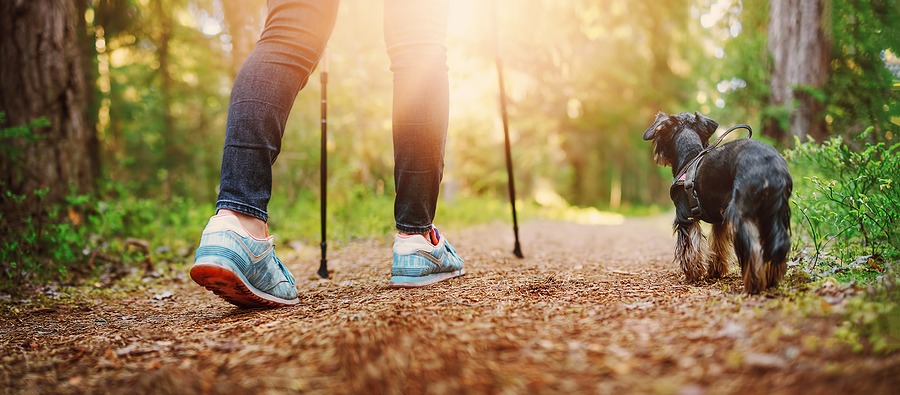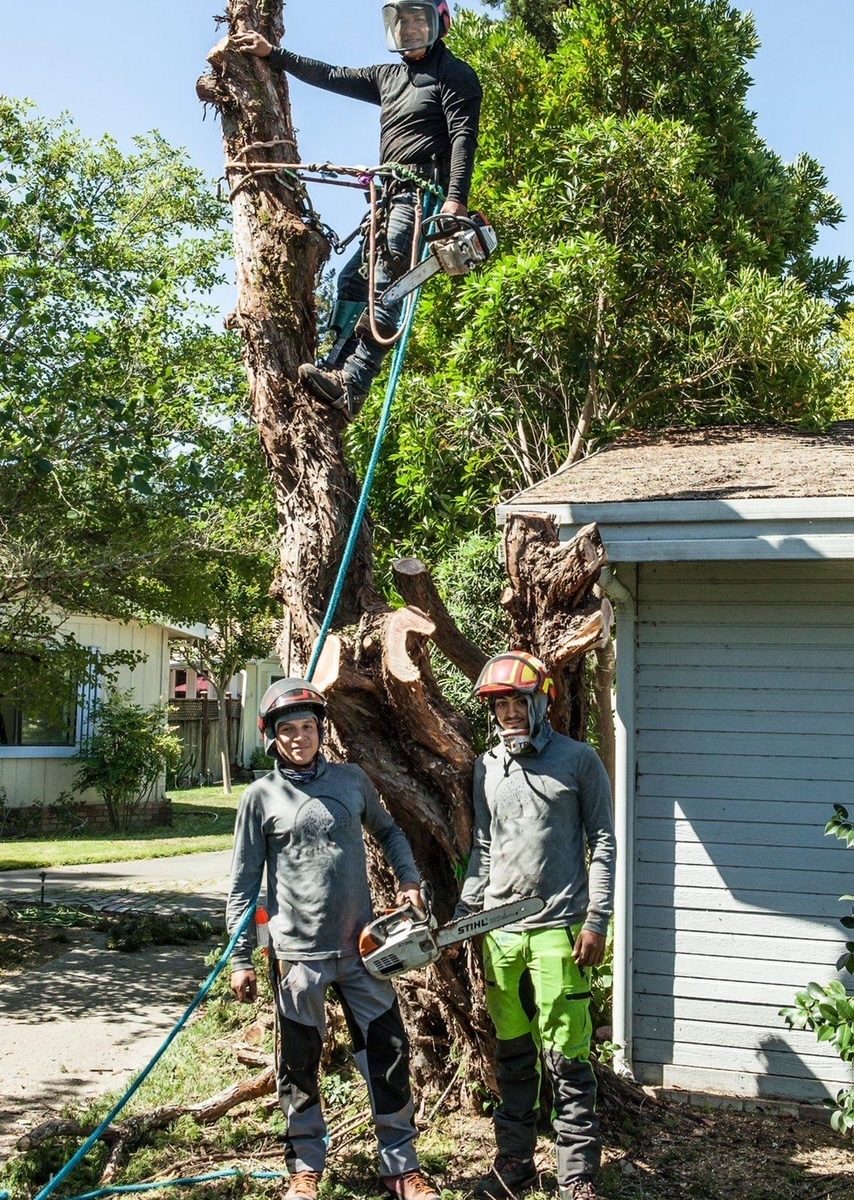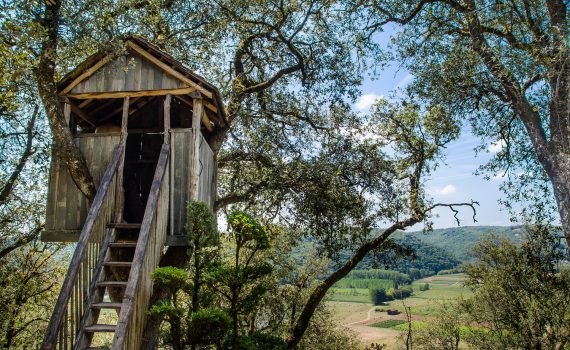If you have a sycamore tree on your property, it’s important to be aware of the roots. They can be a nuisance, growing under and around walkways, driveways, and foundations. Many property owners are faced with the task of sycamore tree root removal at some point. While sycamore trees are beautiful and provide shade, their large roots can cause problems for foundations, sidewalks, and driveways.
Sycamore trees are notorious for growing a deep and wide root system. Additionally, as the tree grows larger, the roots can become more difficult to remove. Removing the sycamore roots as soon as possible is always advisable to prevent further damage. Here are 8 tips for sycamore tree root removal:
Check Local Laws Before Cutting
Tree preservation ordinances are implemented in different states in the United States. The California Sycamore tree belongs to this list. Sycamore roots have the tendency to emerge above the ground surface, however, cutting the roots is limited to a specific time of the year. To be certain, coordinate with the U.S. Department of Agriculture in your area or your city council. It is important to be familiar with the local laws. In some cases, you may need a permit before you can begin work.
Schedule Your Root Cutting During Late Winter or Early Spring
The roots of a sycamore tree often emerge above the surface which can cause damage to walkways and other paved surfaces. This is the main reason why regularly cutting their roots is essential. It would be ideal to cut sycamore roots during late winter or early spring. Cutting sycamore tree roots during winter can lead to dehydration. Additionally, avoid cutting the roots after buds start to appear on the tree. This can cause stress which can lead to extensive defoliation, twig death, and shoot dieback.
Locate Roots
This is one of the challenging parts that you need to do before you can begin cutting your sycamore tree roots. Check buckling and warping on the surface areas where you think roots are starting to emerge. Dig down to be able to confirm and locate the roots.
Identify Areas to Cut
Ideally, you need to identify the parts of the sycamore roots that are beginning to grow closer to the ground that may cause damage to your property. You can use a shovel to dig around the trench area on both sides of the roots to further expose it for easier cutting.
However, locating roots that are under a hard surface can be quite challenging. You might want to seek the help of an arborist to be able to prevent damage to your tree.
Cut the Roots
Cut the smaller roots, preferably the ones with a diameter of 2 inches or less using shears. Try to create a clean cut by cutting straight through the root. You can use a handsaw for roots with bigger diameters.
Remember that you are only limited to no more than 25% of the roots growing under the canopy of the tree when cutting. If you are certain, seek help from an arborist to have your sycamore tree roots cut by a professional.
There are several ways to remove a sycamore tree root. The most common and the least expensive is digging around the roots with a shovel or a pickax. You can also use the root’s natural inclination for climbing against gravity by cutting it off at the base of the tree, but this will take much more time and effort. Regardless of what approach you choose in addressing this root problem, it would be best to seek help from a professional landscaping company or professional.
Consult with an Arborist
Maintaining tree roots in your yard and garden can be quite challenging. The same is true when dealing with invasive sycamore tree roots. Call us at Sexy Trees to put an end to your root problems. We are just a phone call away!
 Bringing Sexy Back Into Your Yards
Bringing Sexy Back Into Your Yards 
